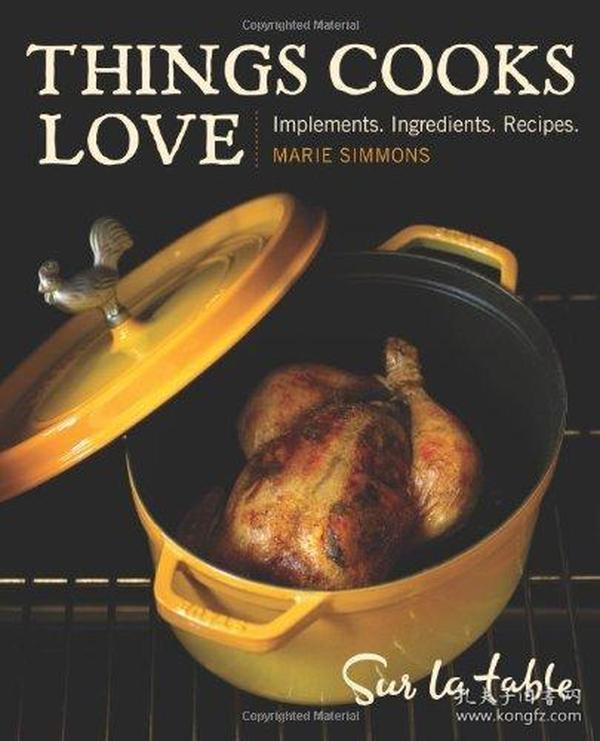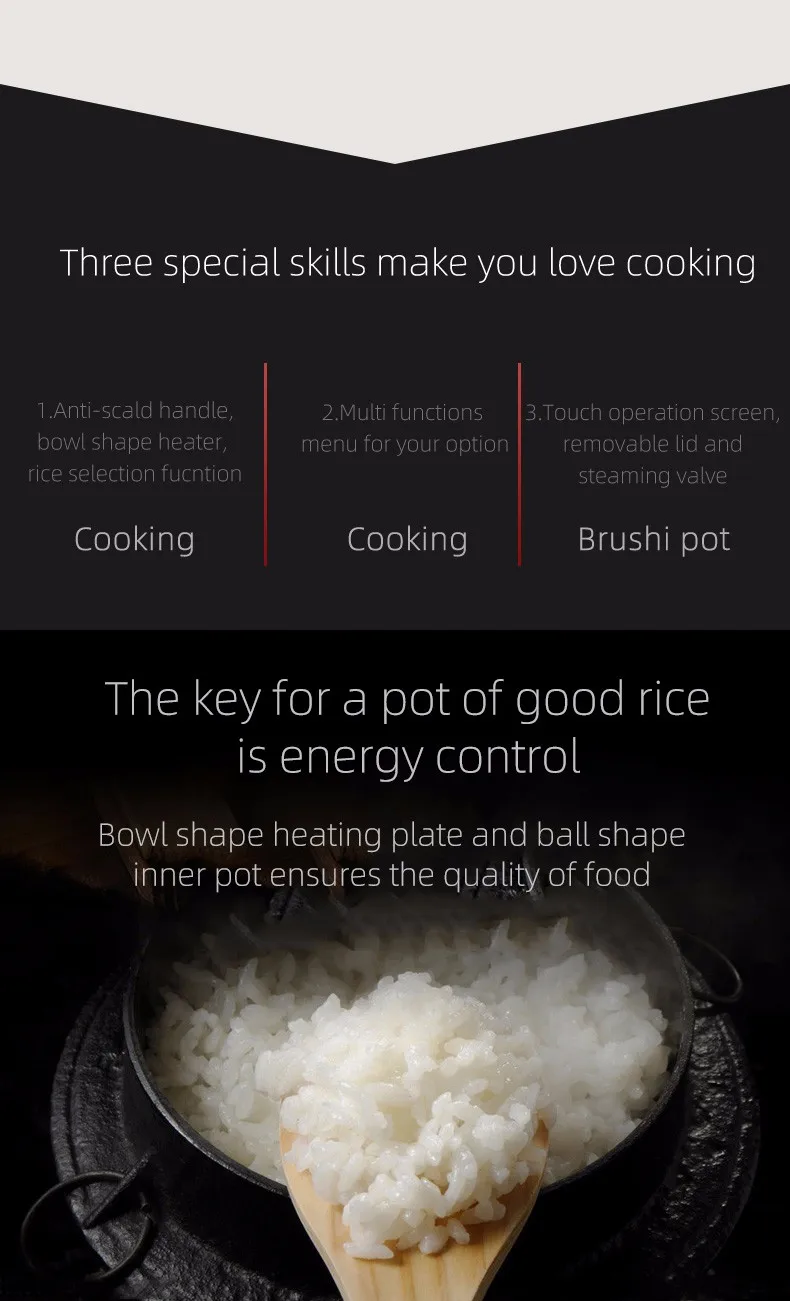"The Ultimate Recipe for Disaster: How to Avoid Common Mistakes in Cooking"
Guide or Summary:IntroductionUnderstanding the Recipe for DisasterCommon Mistakes in CookingHow to Avoid a Recipe for Disaster**Translation of "recipe for d……
Guide or Summary:
- Introduction
- Understanding the Recipe for Disaster
- Common Mistakes in Cooking
- How to Avoid a Recipe for Disaster
**Translation of "recipe for disaster":** This phrase translates to "灾难的食谱" in Chinese.
---
Introduction
Cooking is an art that many aspire to master, but it can often lead to unexpected outcomes. The phrase "recipe for disaster" perfectly encapsulates the pitfalls that can occur in the kitchen. In this article, we will explore some common cooking mistakes and how to avoid them, ensuring that your culinary adventures are successful rather than disastrous.
Understanding the Recipe for Disaster
A "recipe for disaster" refers to a situation where the outcome is likely to be negative due to poor planning or execution. In cooking, this can manifest in various ways, such as using the wrong ingredients, failing to follow instructions, or neglecting essential cooking techniques. Recognizing these potential pitfalls is the first step in transforming your cooking skills.

Common Mistakes in Cooking
1. **Ignoring Measurements**: One of the most significant mistakes novice cooks make is not accurately measuring ingredients. Cooking is both an art and a science, and precise measurements are crucial for achieving the desired flavor and texture. Skipping this step can lead to overly salty dishes or baked goods that do not rise properly.
2. **Overcrowding the Pan**: When sautéing or frying, many people make the mistake of overcrowding the pan. This leads to steaming rather than browning, resulting in a lack of flavor and an unappealing texture. To avoid this, cook in smaller batches and give your ingredients space to develop their flavors.
3. **Neglecting to Preheat**: Failing to preheat the oven or pan can lead to uneven cooking. For baked goods, this can mean the difference between a perfect rise and a flat, dense result. Always remember to preheat your cooking surface to ensure consistent results.
4. **Not Tasting as You Go**: Many cooks make the mistake of waiting until the end of the cooking process to taste their dish. This can lead to an unbalanced flavor profile. Tasting throughout the cooking process allows you to adjust seasonings and ingredients as needed, ensuring a well-rounded final product.

5. **Using Dull Knives**: A dull knife is not only inefficient but also dangerous. It requires more force to cut through ingredients, increasing the risk of slipping and causing injury. Invest in a good quality knife and keep it sharp to make your cooking experience safer and more enjoyable.
How to Avoid a Recipe for Disaster
To steer clear of a "recipe for disaster," consider the following tips:
- **Plan Ahead**: Before you start cooking, read through the entire recipe and gather all your ingredients. This will help you avoid surprises and ensure that you have everything you need.
- **Practice Mise en Place**: This French culinary term means "everything in its place." By preparing and measuring your ingredients before cooking, you can streamline the process and reduce the chances of mistakes.

- **Take Your Time**: Rushing through the cooking process often leads to errors. Take your time to enjoy the experience and focus on each step.
- **Learn from Mistakes**: If something does go wrong, don’t be disheartened. Every cook has experienced failures. Instead, analyze what went wrong and learn from it for next time.
Cooking should be a joyful and rewarding experience, not a "recipe for disaster." By understanding common pitfalls and implementing strategies to avoid them, you can enhance your culinary skills and create delicious meals with confidence. Remember, every great chef has faced challenges in the kitchen; it’s how you respond to those challenges that will ultimately define your cooking journey. Happy cooking!